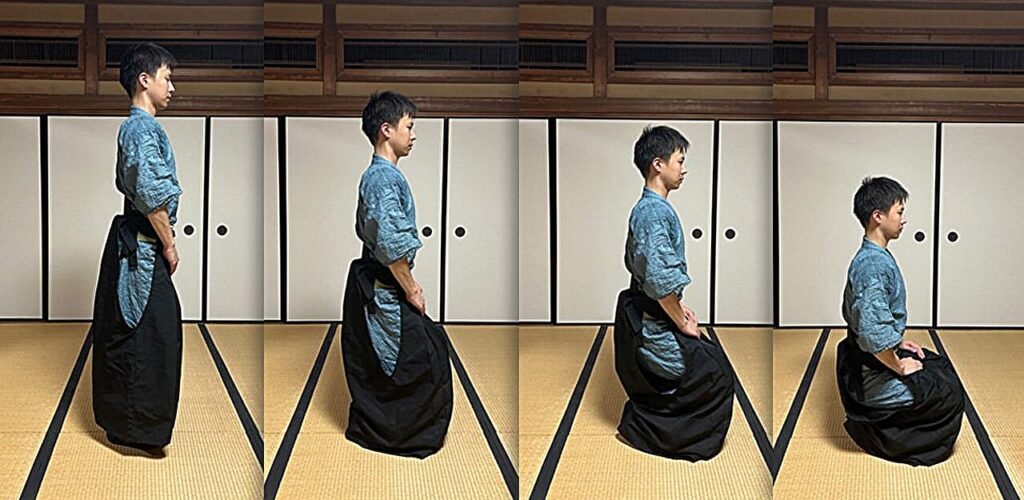Strength training is essential for maintaining muscle mass and preventing age-related declines in muscle strength. However, not everyone has access to gym equipment or the desire to engage in traditional weightlifting exercises. Researchers at Tohoku University have discovered a simple yet effective solution that draws on the ancient practice of Rei-ho, a type of daily etiquette originally practiced by samurai.
In a recent study published in the Tohoku Journal of Experimental Medicine, researchers examined the effects of a five-minute Rei-ho training routine on lower body strength. The training group performed controlled squats and sit-to-stand movements from a chair for at least four days a week over a three-month period. The results were impressive – the participants in the training group saw a significant increase in knee extension strength, a key measure of mobility and daily functioning, compared to the control group.
Rei-ho emphasizes slow, deliberate, and controlled movements in daily activities such as standing, sitting, and walking. By incorporating these movements into a short daily routine, individuals can improve their leg strength without the need for specialized equipment or long training sessions. This makes Rei-ho a convenient and accessible way to stay fit and maintain independence as we age.
The study’s lead author, Ayaka Ogasawara, highlights the importance of knee extension strength in maintaining mobility and preventing falls in the elderly. By incorporating Rei-ho into their daily routine, seniors can benefit from the unique aspects of this ancient Japanese tradition while improving their overall health and well-being.
The findings of this study suggest that Rei-ho is more than just a cultural practice – it is a valuable tool for promoting physical fitness and preventing age-related muscle weakness. By embracing this traditional Japanese samurai movement, individuals can enhance their leg strength and reduce their risk of falls and injuries as they age.
In conclusion, the practice of Rei-ho offers a simple yet effective way to improve lower body strength and maintain independence in older adults. By incorporating these ancient movements into their daily routine, individuals can experience the health benefits of this traditional Japanese practice while preserving their mobility and quality of life.


